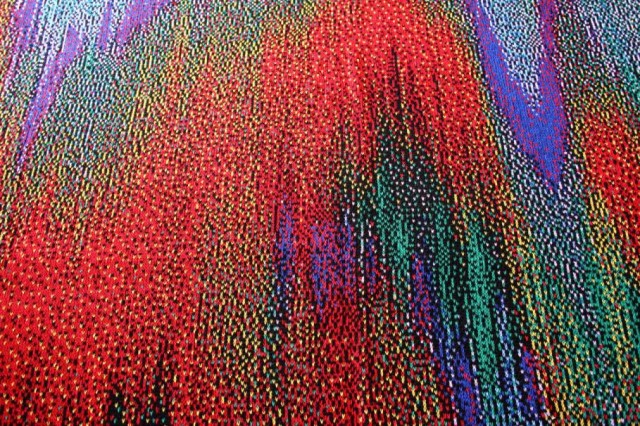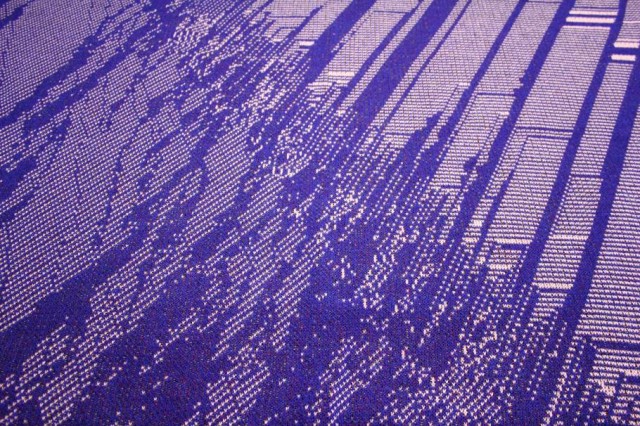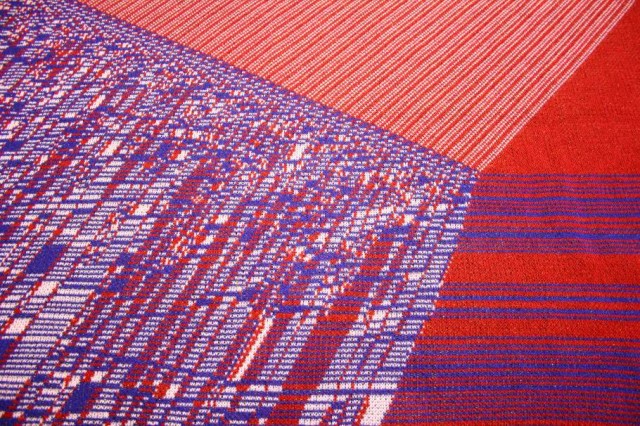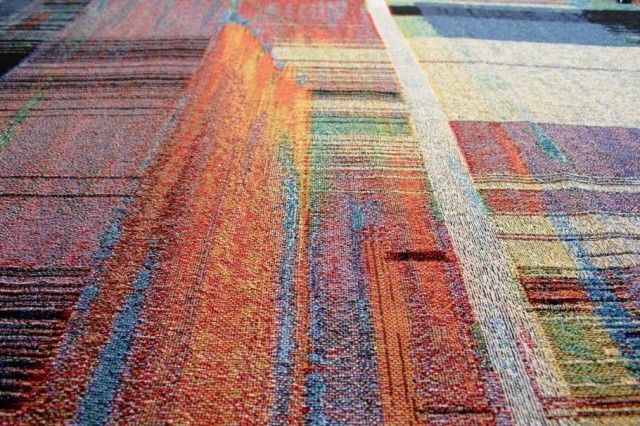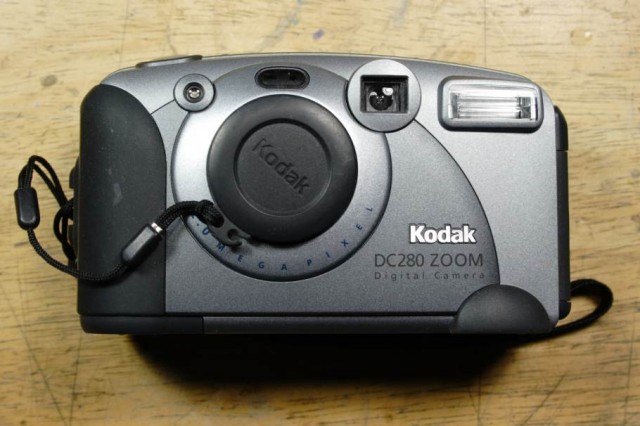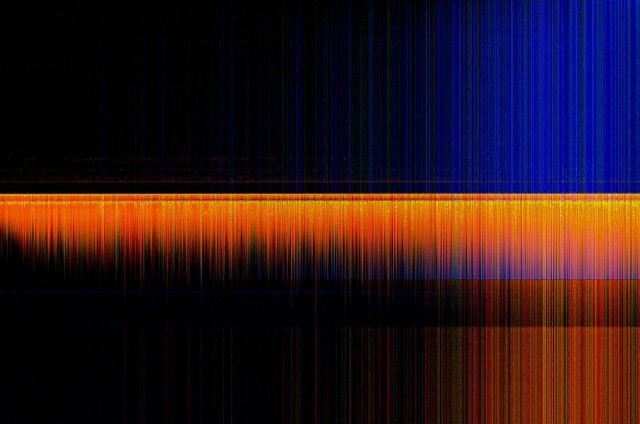As winter’s chill sets in, any self-respecting lover of digital visual distortions will no doubt be curling under the protective warmth of a glitch blanket.
New York-based artist Phillip David Stearns, himself a kind of guru of glitch, has produced detailed, organic patterns spun out of camera hacks. Via machine knitting and weaving, complex, non-repeating patterns from the cameras produce landscapes of color. While produced by machine malfunction, the results seem strangely natural, cascades of interwoven hues sweeping through the cloth.
Stearns, for his part, describes the results as ironic, “a platform for fashioning corrupted memory,” but I think that does a disservice to the feeling of the sensors’ outputs. While the cameras are rewired, the results could be seen as an abstract expression of the camera itself as a medium, untethered from its normal figurative role capturing more conventional photographed images.
The images themselves come from circuit-bent Kodak DC-series point-and-shoot cameras. They don’t even need a light source, making this a kind of digital equivalent, as Stearns puts it, of working with chemical processing of unexposed film. What you see is a visualization of the data captured by the camera, as short-circuited electronic pathways reroute data directly into memory, turning those numbers into a picture instead of what came through the lens. These and others form sources for the patterns.
The textiles are available both as wall hangings and blankets.
All images courtesy Phillip Stearns.
More information:
The textiles: http://phillipstearns.wordpress.com/projects/glitch-textiles/
The DCP series of hacked Kodak photos (as images, not textiles): http://phillipstearns.wordpress.com/projects/dcp_series/
Phillip’s Year of the Glitch project: http://yearoftheglitch.tumblr.com/
And more on the Facebook page:
Glitch Textiles
